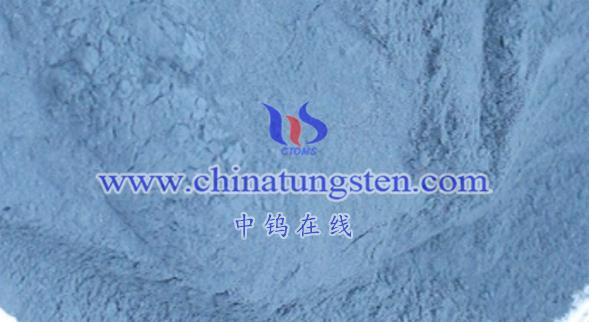
The working principle of nano tungsten oxide (WO₃) sensors is primarily based on the gas-sensitive properties of nano tungsten oxide, an n-type semiconductor material. The principle can be summarized as follows:
- Semiconductor Gas-Sensing Effect
Nano tungsten oxide sensors operate using the semiconductor gas-sensing effect. When the semiconductor material is exposed to a gas, the gas molecules interact with the material’s surface, undergoing adsorption and desorption. This interaction alters the material’s electrical conductivity. By measuring changes in resistance, the presence and concentration of gases can be detected.
- Gas Adsorption and Reaction
Gas Adsorption
When gas molecules come into contact with the surface of nano tungsten oxide, they are adsorbed either physically or chemically:
- Physical adsorption: Gas molecules adhere to the surface through Van der Waals forces.
- Chemical adsorption: Gas molecules undergo a chemical reaction with the surface atoms or molecules.
The high surface area and abundant surface defects of nano tungsten oxide provide numerous adsorption sites, enhancing its ability to adsorb gas molecules effectively.
Reaction Mechanism
- Oxidizing Gases (e.g., O₂, NO₂): These gases adsorb onto the sensor surface and extract electrons from the semiconductor, forming negatively charged ions. This reduces the number of charge carriers in the semiconductor, increasing its resistance.
- Reducing Gases (e.g., H₂, CO): These gases donate electrons to the semiconductor, forming positively charged ions. This increases the number of charge carriers, decreasing its resistance.
- Resistance Change Detection
Nano tungsten oxide sensors detect gases by measuring the changes in resistance caused by the adsorption and reaction processes. As the gas concentration varies, the semiconductor’s resistance changes accordingly. By monitoring these resistance variations, the sensor identifies the type and concentration of the gas.
- Operating Conditions and Stability
To enhance sensitivity and stability, the sensor typically operates at a specific temperature. The temperature affects the adsorption and reaction rates of gas molecules, thereby influencing the sensor’s performance. Factors such as fabrication methods, material purity, environmental humidity, and temperature also impact the sensor’s reliability and stability.
In conclusion, the working principle of nano tungsten oxide sensors revolves around the semiconductor gas-sensing effect and gas adsorption-reaction mechanisms. By measuring changes in the material’s resistance, the sensor achieves high sensitivity, rapid response, and good selectivity in detecting gas types and concentrations. These characteristics make nano tungsten oxide sensors promising for applications in environmental monitoring, industrial safety, and medical health.
More details of tungsten oxide product, please visit website: tungsten-oxide.com
Please contact CHINATUNGSTEN for inquiry and order of tungsten oxide:
Email: sales@chinatungsten.com
Tel.: 86 592 5129595













